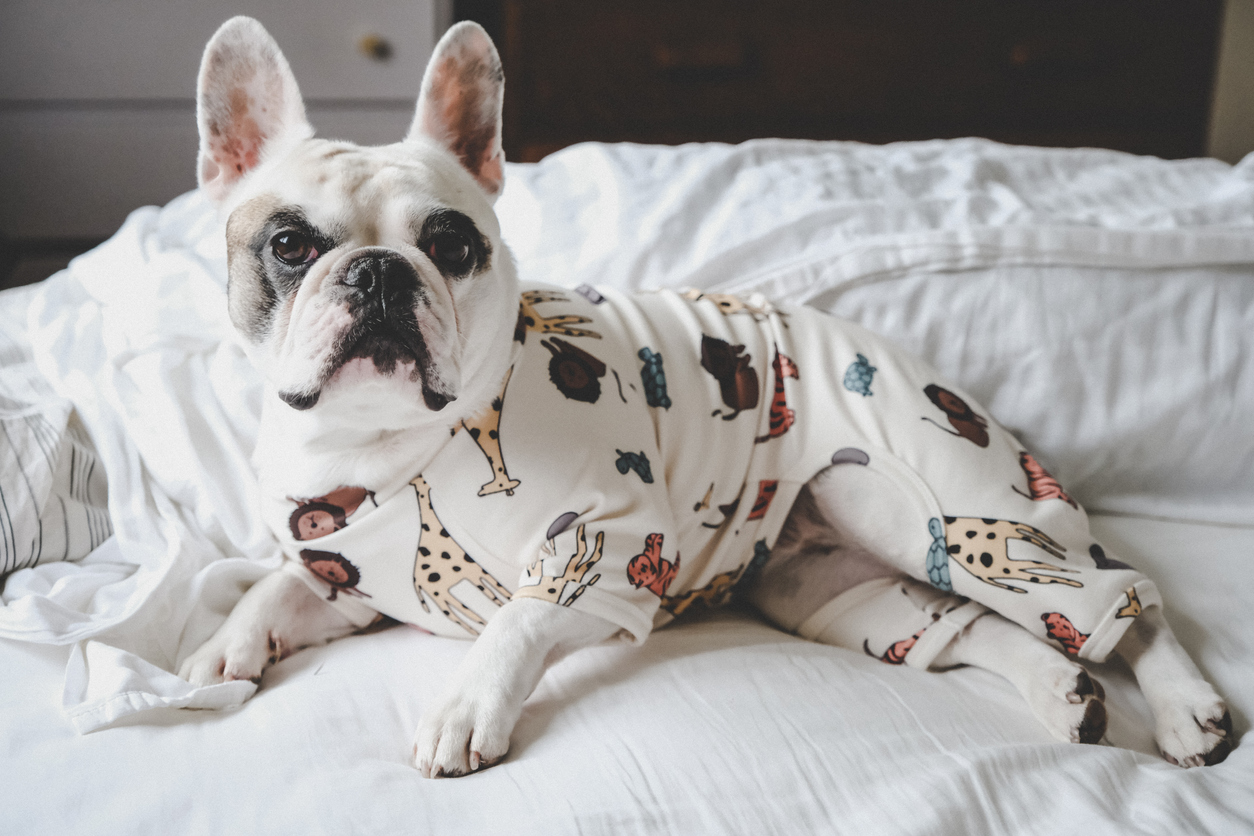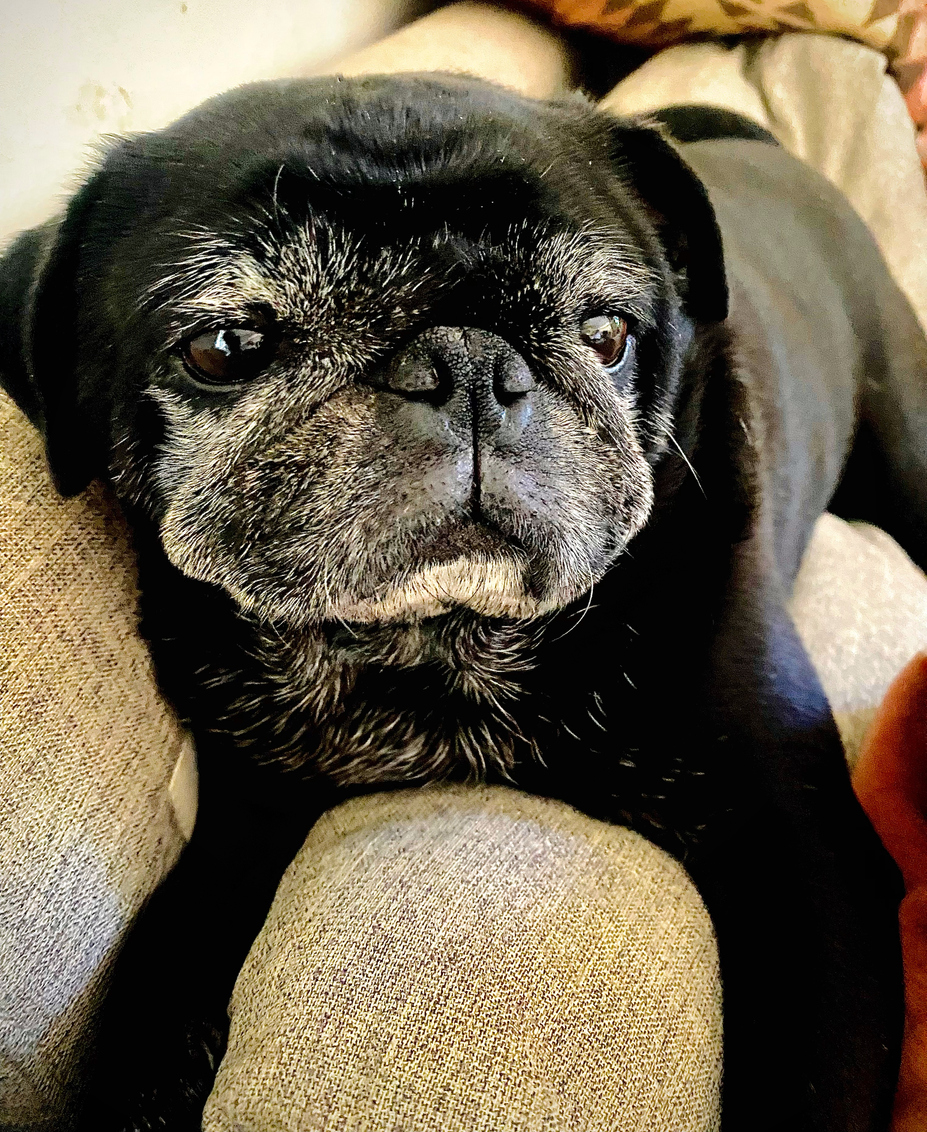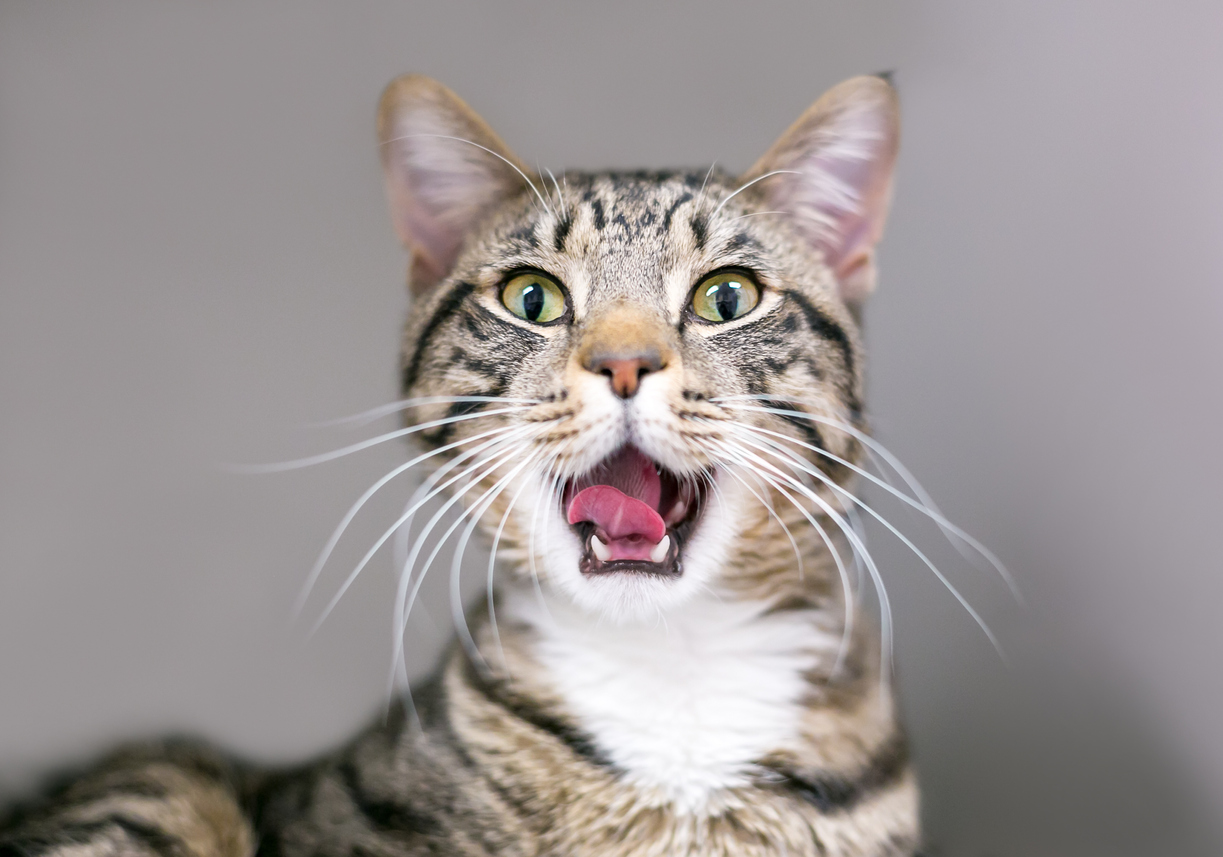Ectropion
What is ectropion?
Ectropion is a common abnormality in dogs in which the lower eyelid 'rolls' outward or is everted. This causes the lower eyelids to appear droopy.
Ectropion exposes the delicate conjunctival tissues that line the inner surface of the eyelids and cover the eyeball, causing drying of the tissues. This results in conjunctivitis. The surface of the eye or the cornea may also dry out, resulting in keratitis (corneal inflammation). All of these conditions are painful. Corneal damage can also result in corneal scarring, that can impair or obstruct vision. In most cases, both eyes are affected. Ectropion is usually diagnosed in dogs less than one year of age.
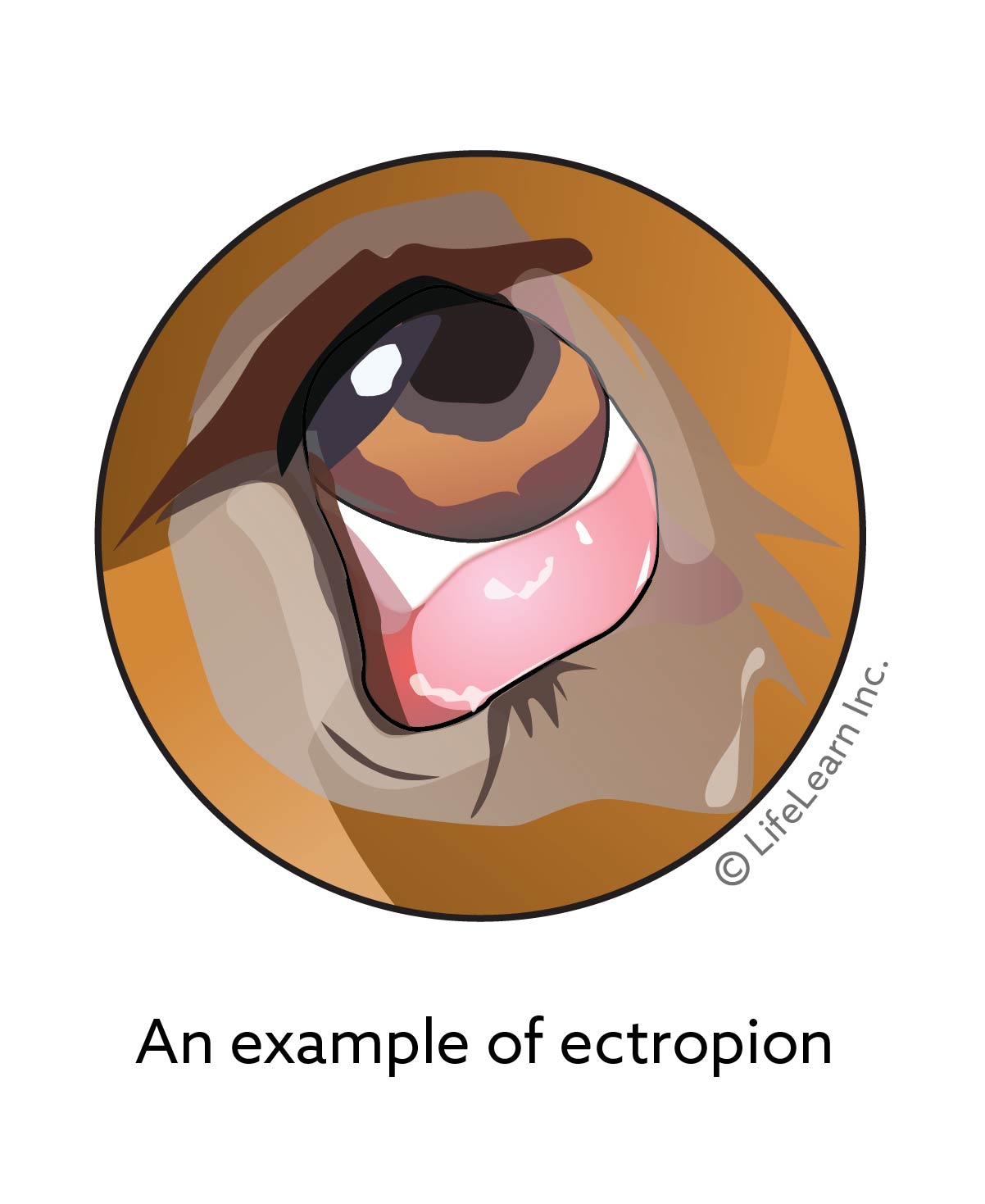
Are certain breeds more likely to have ectropion?
Certain breeds have a higher incidence of ectropion than others. Congenital ectropion is the most commonly seen form of this condition in veterinary practice. These breeds include:
- Cocker Spaniel
- Saint Bernard
- Bloodhound
- Basset Hound
- Mastiff
- Newfoundland
- Bulldog
- Chow Chow
- English Springer Spaniel
- American Cocker Spaniel
- English Cocker Spaniel
Are there other causes of ectropion?
Acquired ectropion can occur in any dog at any age. Acquired ectropion means that a condition other than an inherited trait causes the lower eyelid to 'sag' or evert. Some common causes of acquired ectropion include:
- facial nerve paralysis
- hypothyroidism
- scarring secondary to injury
- chronic inflammation and infection of the tissues surrounding the eyes
- surgical overcorrection of ectropion
- neuromuscular disease
What are the clinical signs of ectropion?
The clinical signs are a 'sagging' or 'rolling outward' lower eyelid. A thick mucoid discharge often accumulates along the eyelid margin. The eye and conjunctiva may appear reddened or inflamed. The dog may rub or paw at the eye if it becomes uncomfortable. Tears may run down the face if the medial aspect of the eyelid (the area of the eyelid toward the nose) is affected. In many cases, pigment contained in the tear fluid will cause a brownish staining of the fur beneath the eyes.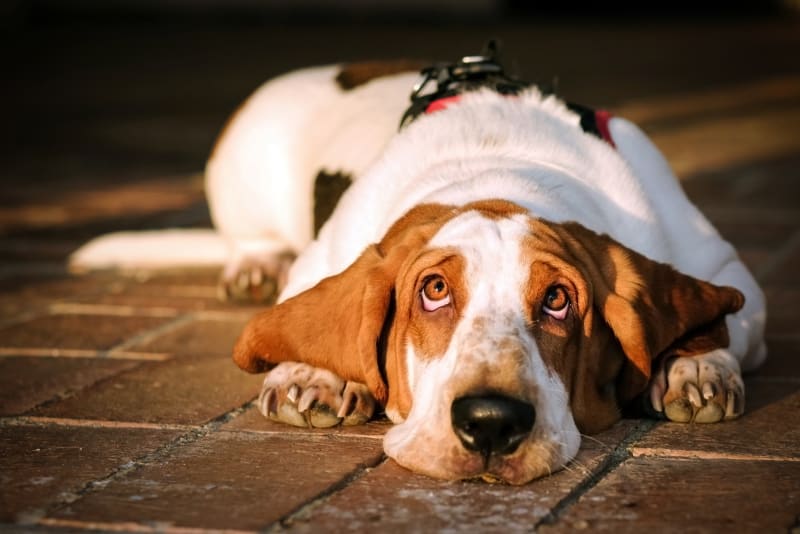
How is ectropion diagnosed?
Diagnosis is usually made on physical examination. If the dog is older, blood and urine tests may be performed to search for an underlying cause for the ectropion. Corneal staining will be performed to assess the cornea and to determine if any corneal ulceration is present. Muscle or nerve biopsies may be recommended if neuromuscular disease is suspected. Testing for hypothyroidism and for antibodies against certain muscle fibers may be done if looking for underlying causes.How is ectropion treated?
The treatment for mild ectropion generally consists of medical therapy, such as lubricating eye drops and ointments to prevent the cornea and conjunctiva from drying out. Ophthalmic antibiotics will be used to combat any corneal ulcers. If the condition is severe, surgical correction can be performed to shorten the eyelids.What is involved with surgical correction?
Treatment involves eye surgery to restore the normal contour of the eyelid. A general veterinary practitioner can successfully perform this corrective surgery in most cases.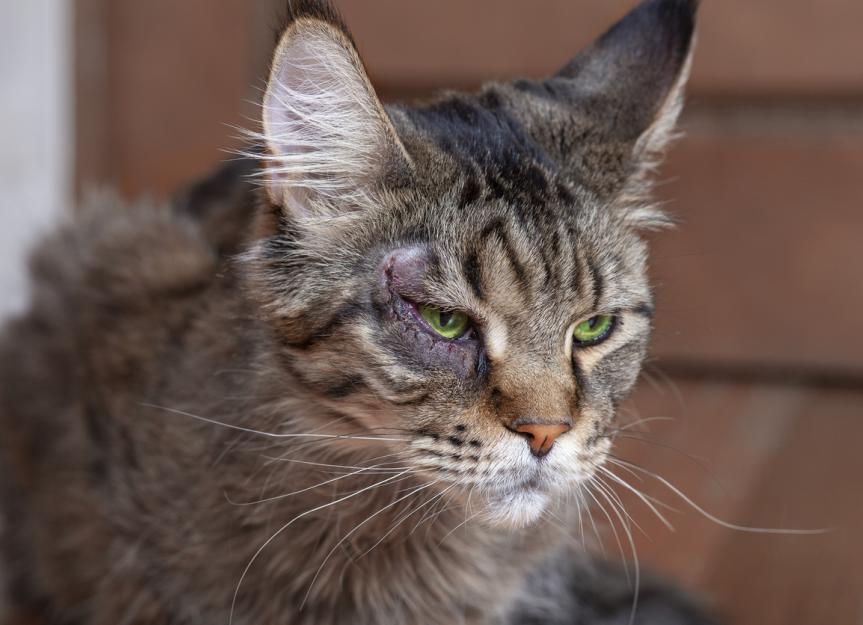
How successful is the surgery?
Surgical correction is usually successful. In some cases, your veterinarian may recommend performing two separate surgeries, in order to avoid over-correction (which will cause an entropion, or the inward rolling of the eyelid, to develop). This is often necessary when there is a lot of secondary swelling or inflammation of the tissues surrounding the affected eye.What is the prognosis for ectropion?
The prognosis for medical management or the surgical correction of ectropion is generally good.
The medical treatment is often life-long as flare ups of conjunctivitis can recur, and lubrication of the eyes is vital. Most dogs will enjoy a pain-free normal life. If the condition is treated later and corneal scarring has occurred, there may be permanent irreversible visual deficits. Your veterinarian will discuss a diagnostic and treatment plan for your dog to help you successfully treat this condition.
Should an affected dog be bred?
Due to the concern of this being an inherited condition, dogs with severe ectropion requiring surgical correction should not be bred.

